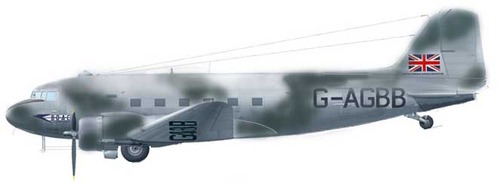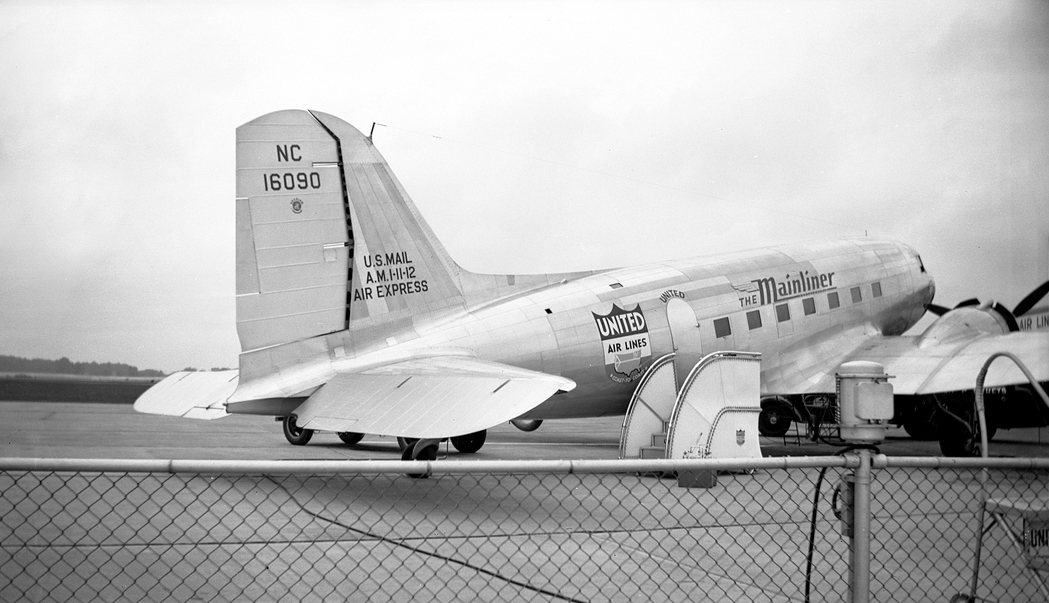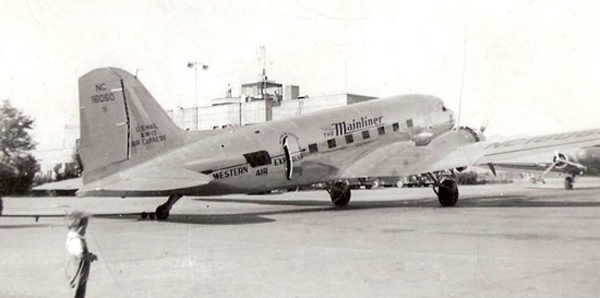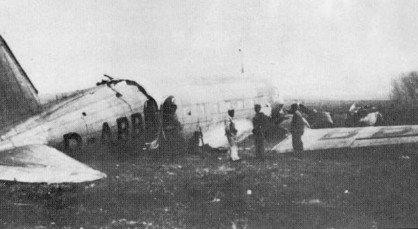Crash of a Douglas Dakota III in Gibraltar
Date & Time:
Jul 8, 1943
Registration:
FD888
Survivors:
Yes
MSN:
9540
YOM:
1943
Crew on board:
0
Crew fatalities:
Pax on board:
0
Pax fatalities:
Other fatalities:
Total fatalities:
0
Circumstances:
Overshot on landing in Gibraltar and crashed into the sea. No casualties.














